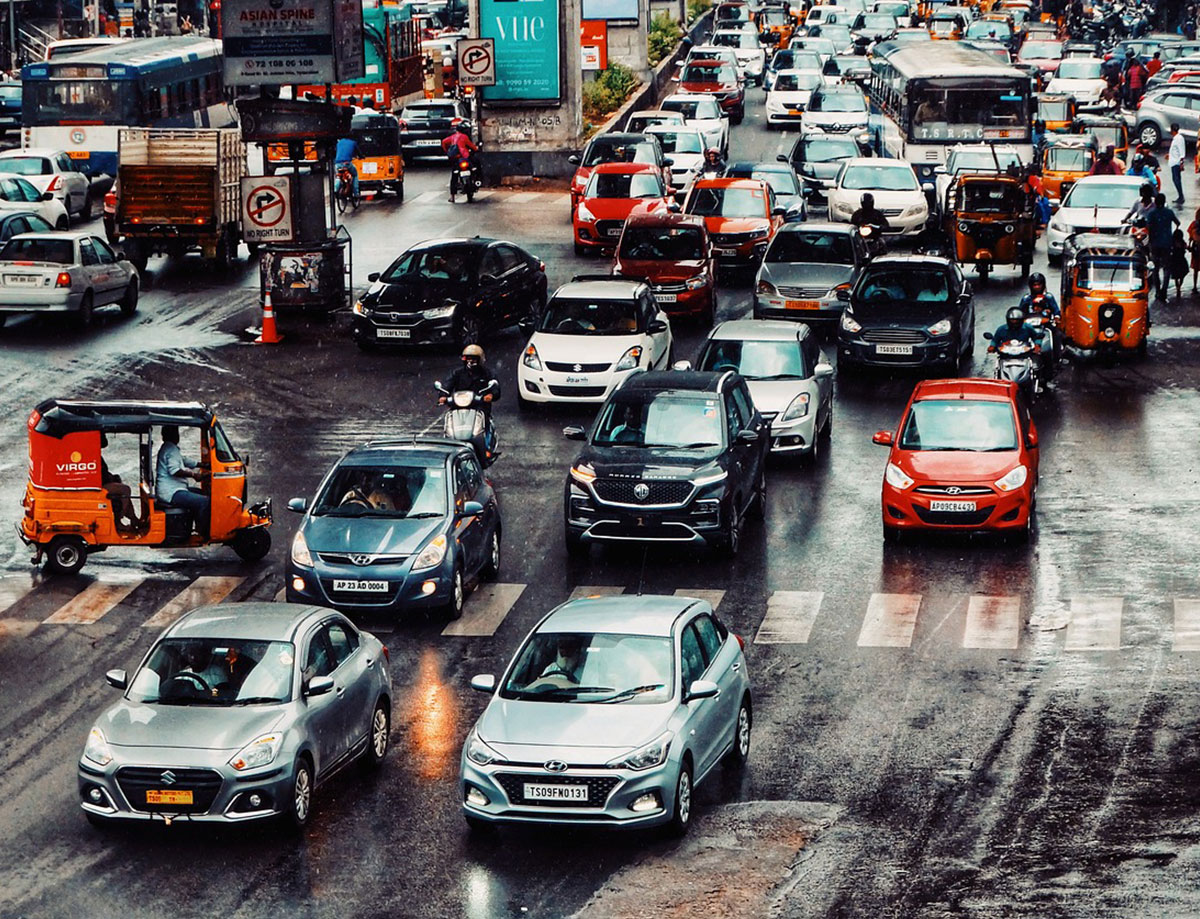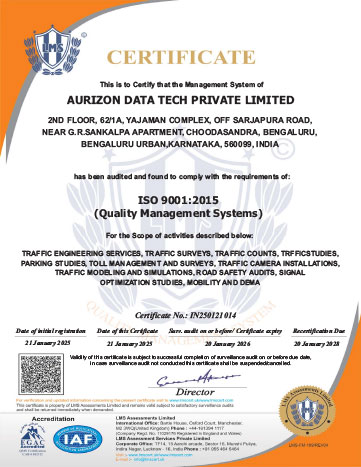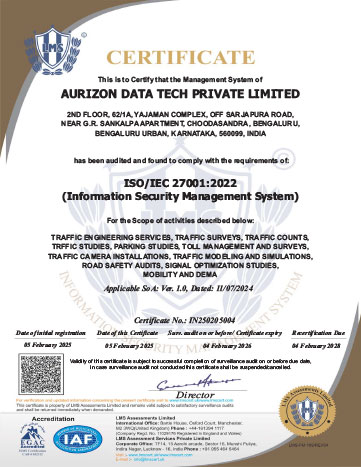
Traffic Survey Data: The Backbone of Smarter Urban Planning
Introduction
In an era where urbanization is accelerating, traffic congestion remains one of the most significant challenges for cities worldwide. Effective urban planning requires a deep understanding of traffic patterns, and that’s where traffic survey data comes into play. By collecting, analyzing, and leveraging this data, municipalities, businesses, and urban planners can create smarter, more efficient transportation systems that cater to both the present and the future.
What is Traffic Survey Data?
Traffic survey data is the collection of information about vehicular and pedestrian movement within a specific area. It includes metrics such as vehicle counts, traffic flow, pedestrian behavior, and peak travel times. This data is gathered using a variety of tools, including:
- Manual Counting: Observers physically count and record traffic flows.
- Automated Sensors: Cameras, radar, and loop detectors that provide continuous data.
- Mobile Data Sources: GPS and smartphone apps that track movement patterns.
- Drones: Aerial surveys to capture comprehensive traffic views.
This data provides critical insights into how roads, intersections, and walkways are utilized.
Why is Traffic Survey Data Important?
Traffic survey data serves as the foundation for numerous decisions in urban planning, infrastructure development, and policy-making. Its importance spans several key areas:
- Improving Urban Mobility
By understanding traffic patterns, planners can design roads, intersections, and public transport systems that reduce congestion and improve mobility. For example, identifying bottlenecks during peak hours helps create better traffic flow solutions. - Enhancing Road Safety
Accident-prone zones, or “black spots,” can be identified through traffic data. Planners can then implement measures such as better signage, improved lighting, or redesigned intersections to prevent accidents. - Supporting Infrastructure Development
Traffic survey data informs decisions about where to build new roads, bridges, or public transport routes. For instance, a growing suburban area with high traffic volumes might require additional road capacity or a new bus terminal. - Environmental Impact Reduction
Congested traffic leads to higher emissions. Traffic data helps identify areas where greener solutions, such as carpool lanes or bike-sharing programs, can reduce the environmental footprint. - Commercial Applications
Businesses use traffic data to decide where to locate new stores, billboards, or service centers. High-traffic areas are often prime locations for retail and advertising.
How is Traffic Survey Data Collected?
The methods for collecting traffic survey data have evolved significantly in recent years. Advanced technologies now allow for more accurate and granular data collection:
- Automated Traffic Counters: Devices placed on roads to measure traffic flow and vehicle types.
- Video Analytics: AI-powered systems analyze video footage to classify vehicles and measure speeds.
- Mobile and GPS Data: Tracks movement patterns of vehicles and pedestrians in real-time.
- Crowdsourced Data: Apps like Google Maps and Waze provide aggregate traffic data based on user activity.
Each method has its strengths, and often, a combination is used for comprehensive traffic analysis.
Applications of Traffic Survey Data
- Urban Planning and Zoning
Cities use traffic data to determine where to allocate resources, such as new residential developments or business districts. It helps align transportation systems with the needs of growing populations. - Event Management
During large events like concerts or sports games, traffic survey data helps manage parking, crowd flow, and public transport schedules to minimize disruptions. - Public Transportation Optimization
Traffic data informs the scheduling and routing of buses, trains, and other public transit. For example, identifying underutilized routes allows for better resource allocation. - Smart City Initiatives
Traffic data plays a key role in smart city projects, such as adaptive traffic lights that change based on real-time traffic conditions or autonomous vehicle navigation systems.
Challenges in Traffic Data Collection
While traffic survey data is invaluable, it comes with challenges:
- Accuracy: Inconsistent or incomplete data can lead to flawed conclusions.
- Privacy Concerns: GPS and mobile data collection raise questions about user privacy.
- Cost: Setting up and maintaining advanced traffic monitoring systems can be expensive.
Overcoming these challenges requires the use of advanced analytics, robust data governance, and collaboration between public and private entities.
The Future of Traffic Survey Data
As technology evolves, the role of traffic survey data will only become more critical. Innovations such as AI, machine learning, and IoT (Internet of Things) devices are revolutionizing how traffic data is collected and used. Smart cities of the future will rely heavily on this data to ensure seamless mobility, reduce carbon footprints, and improve the quality of life for residents.
For instance, predictive analytics can forecast traffic conditions based on historical data and weather patterns, enabling proactive management of traffic flow. Autonomous vehicles will also depend on real-time traffic data to navigate safely and efficiently.
Conclusion
Traffic survey data is more than just numbers—it’s the key to building cities that are safe, efficient, and sustainable. By leveraging this data, urban planners, businesses, and governments can make informed decisions that improve daily life for millions of people.
At Aurizon Data Tech, we specialize in harnessing the power of traffic data to deliver insights that drive smarter solutions. Whether it’s reducing congestion, improving road safety, or planning for the future, traffic data is the foundation for progress.



